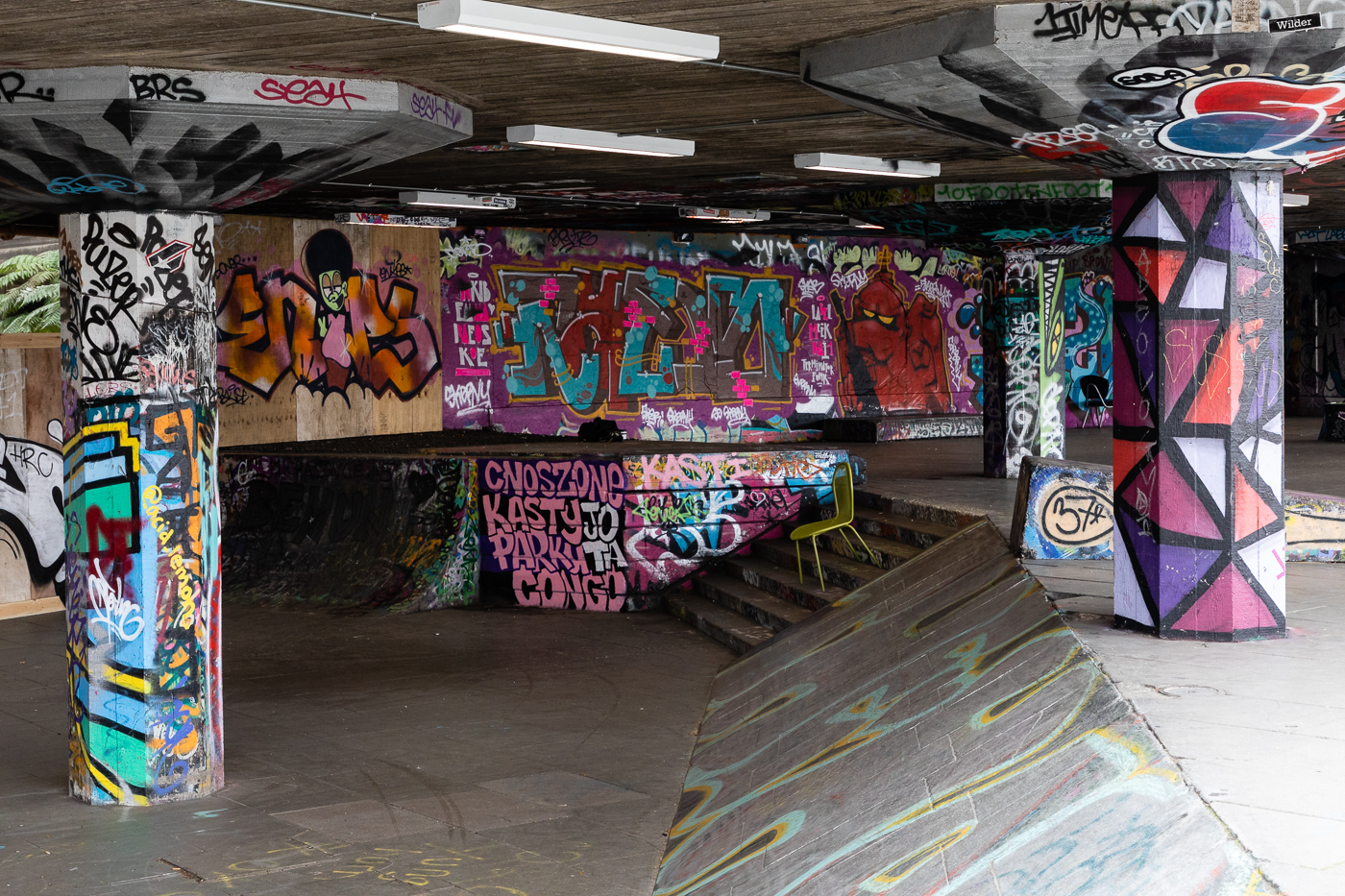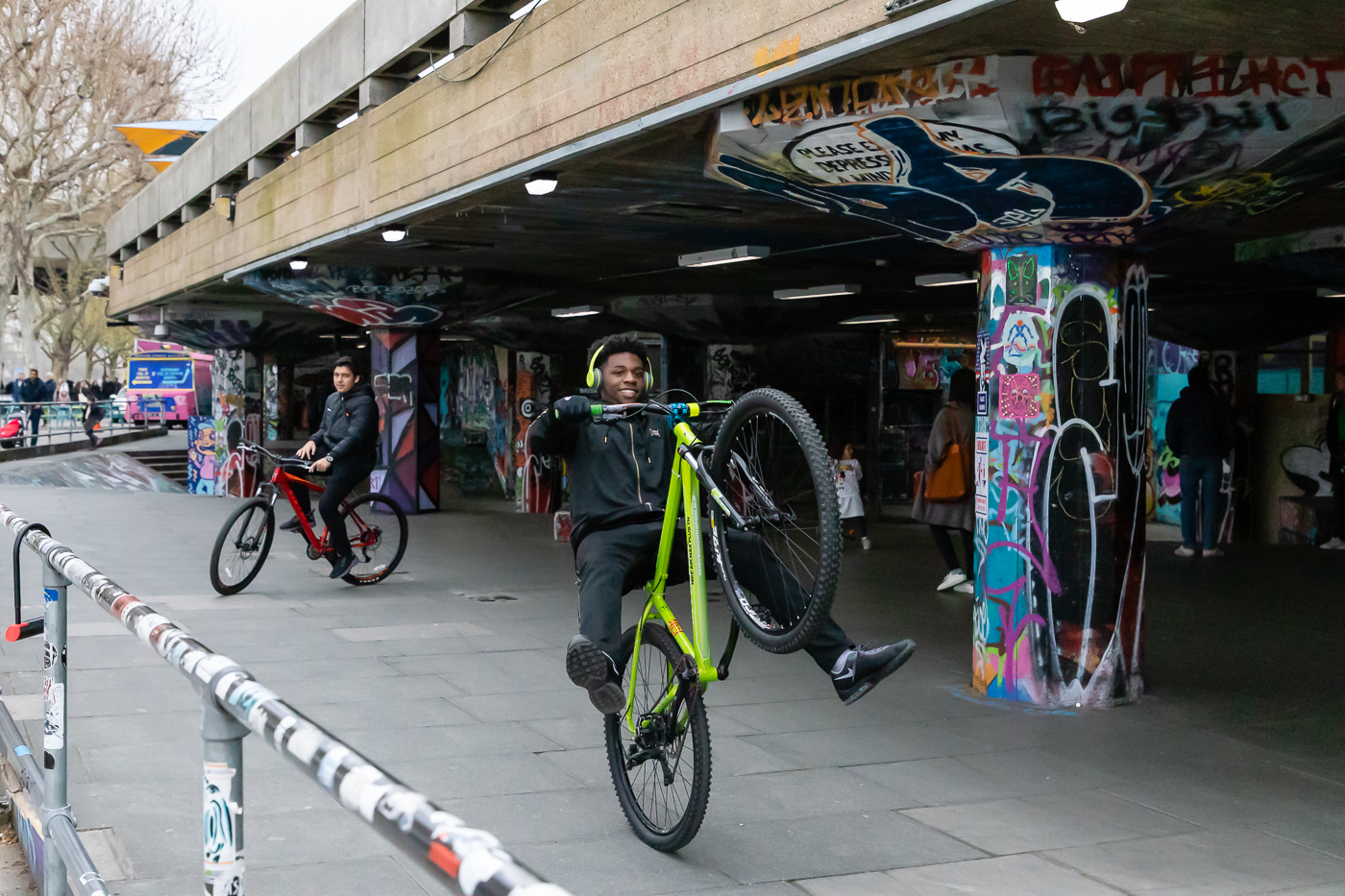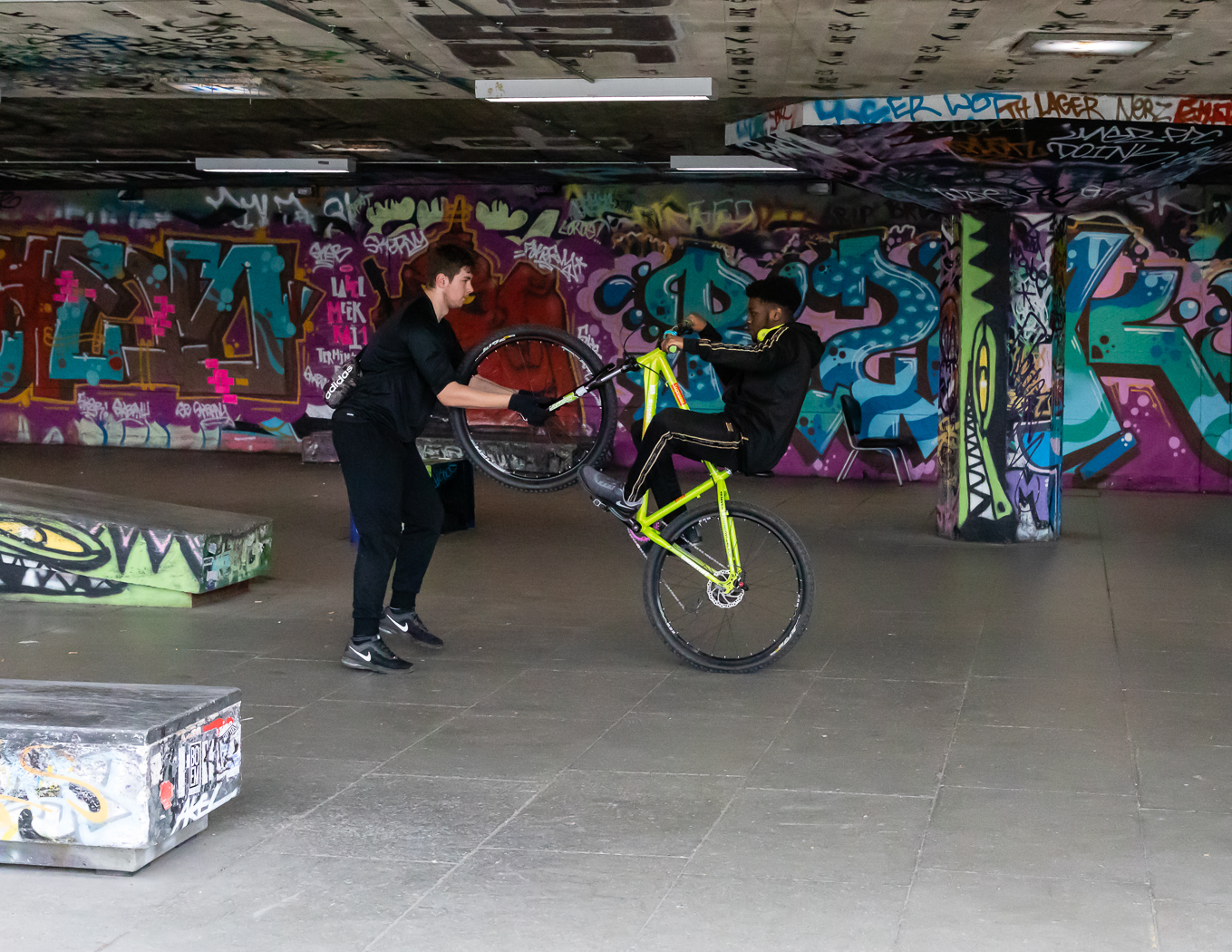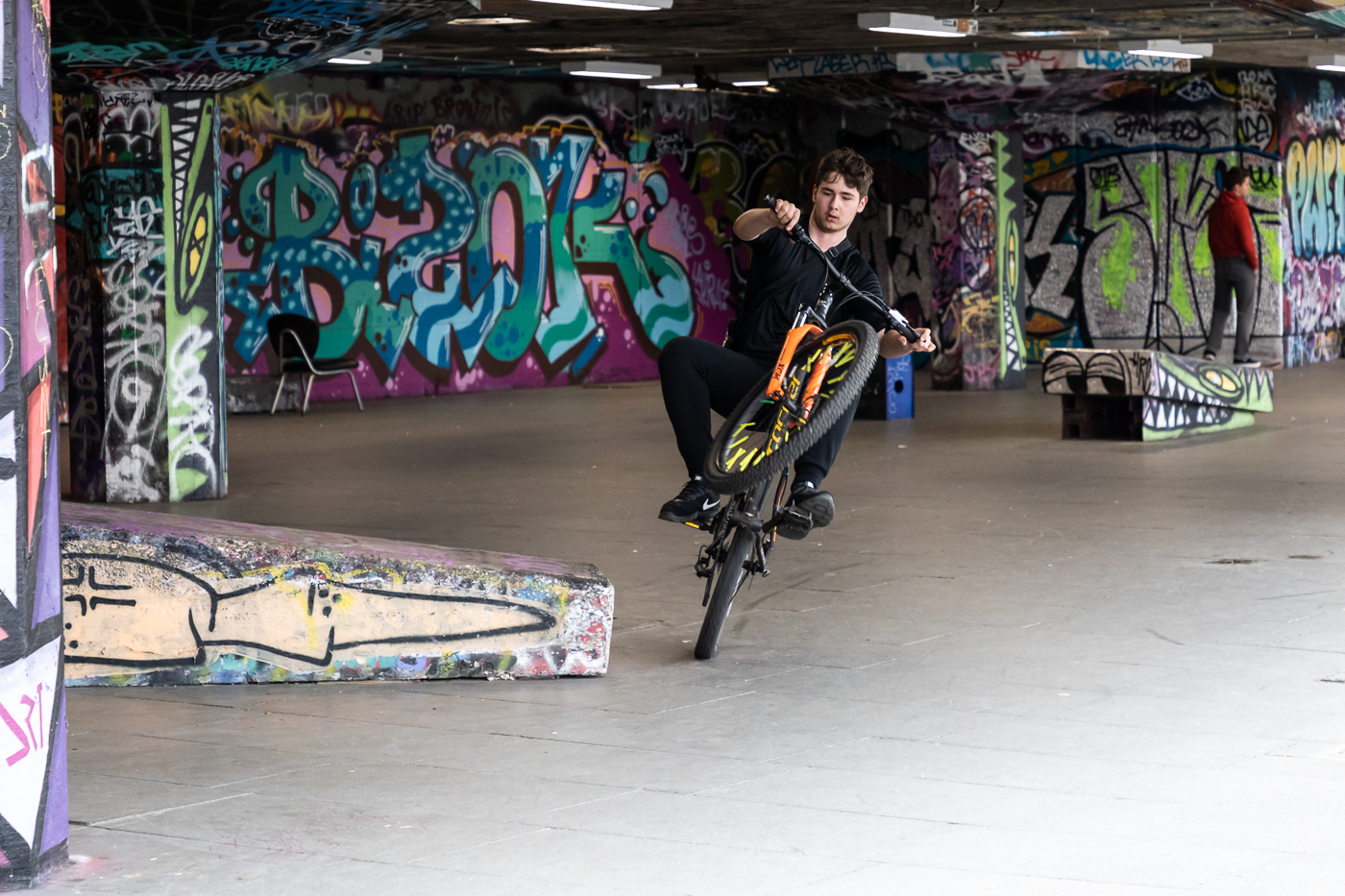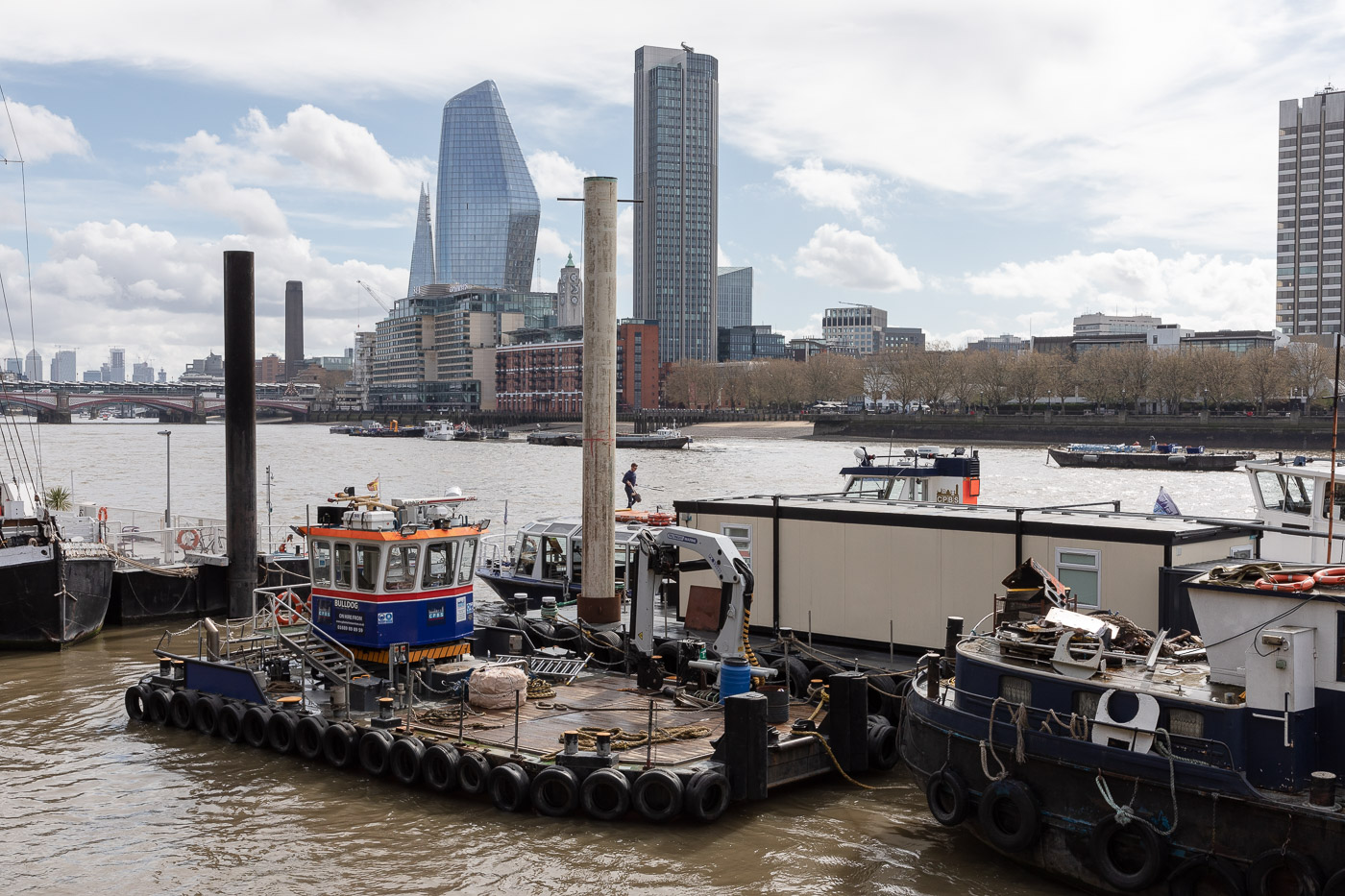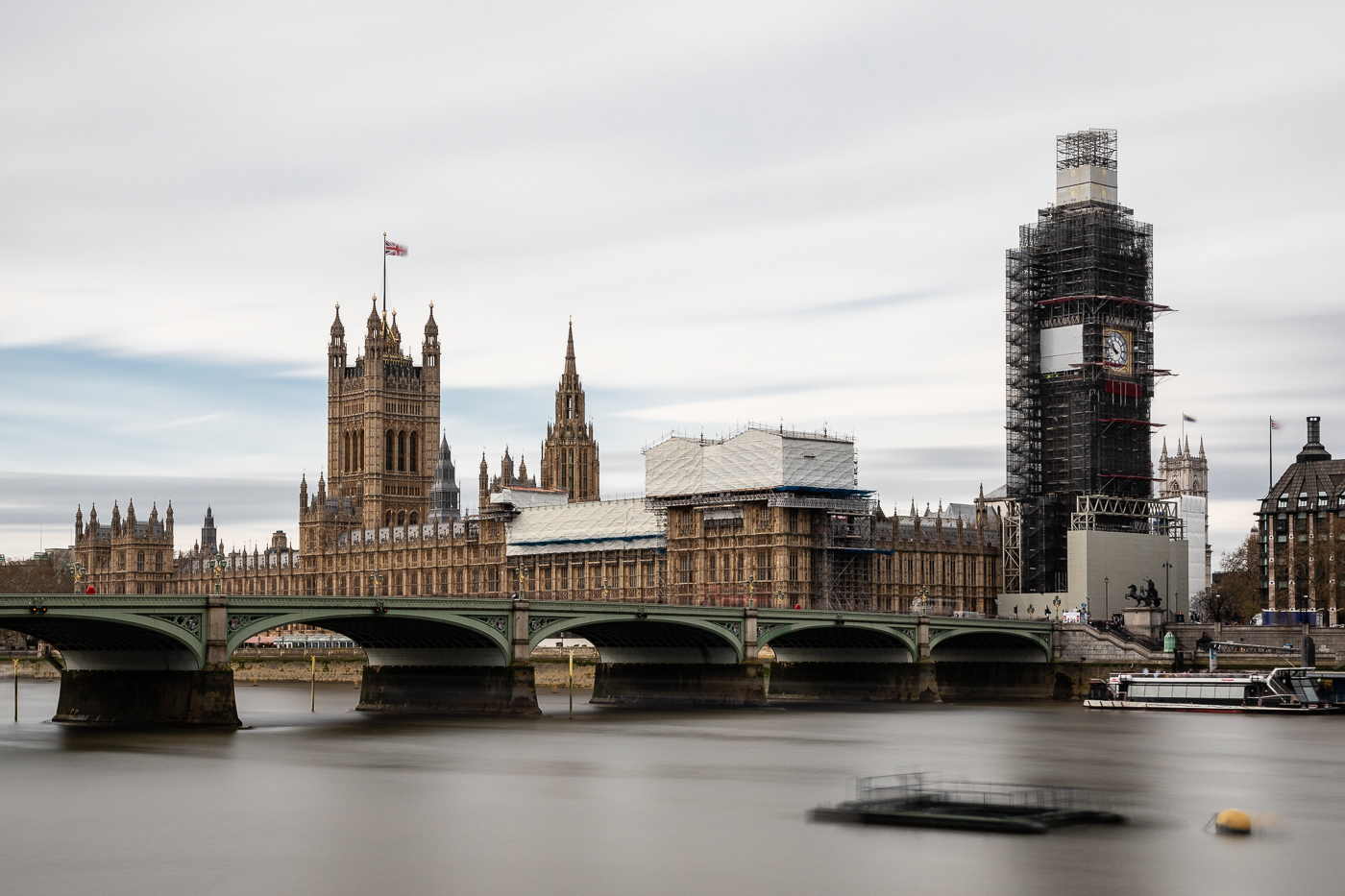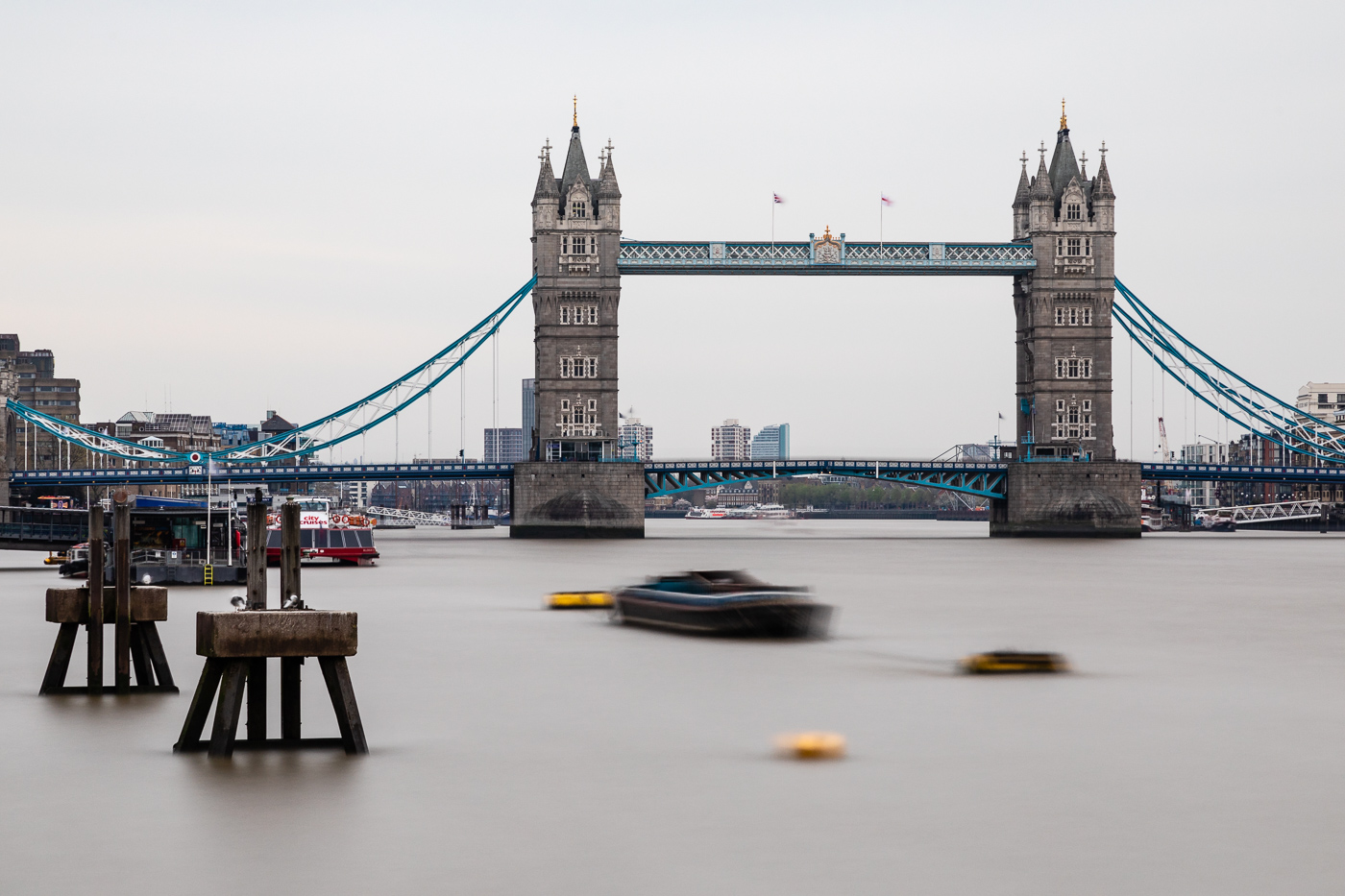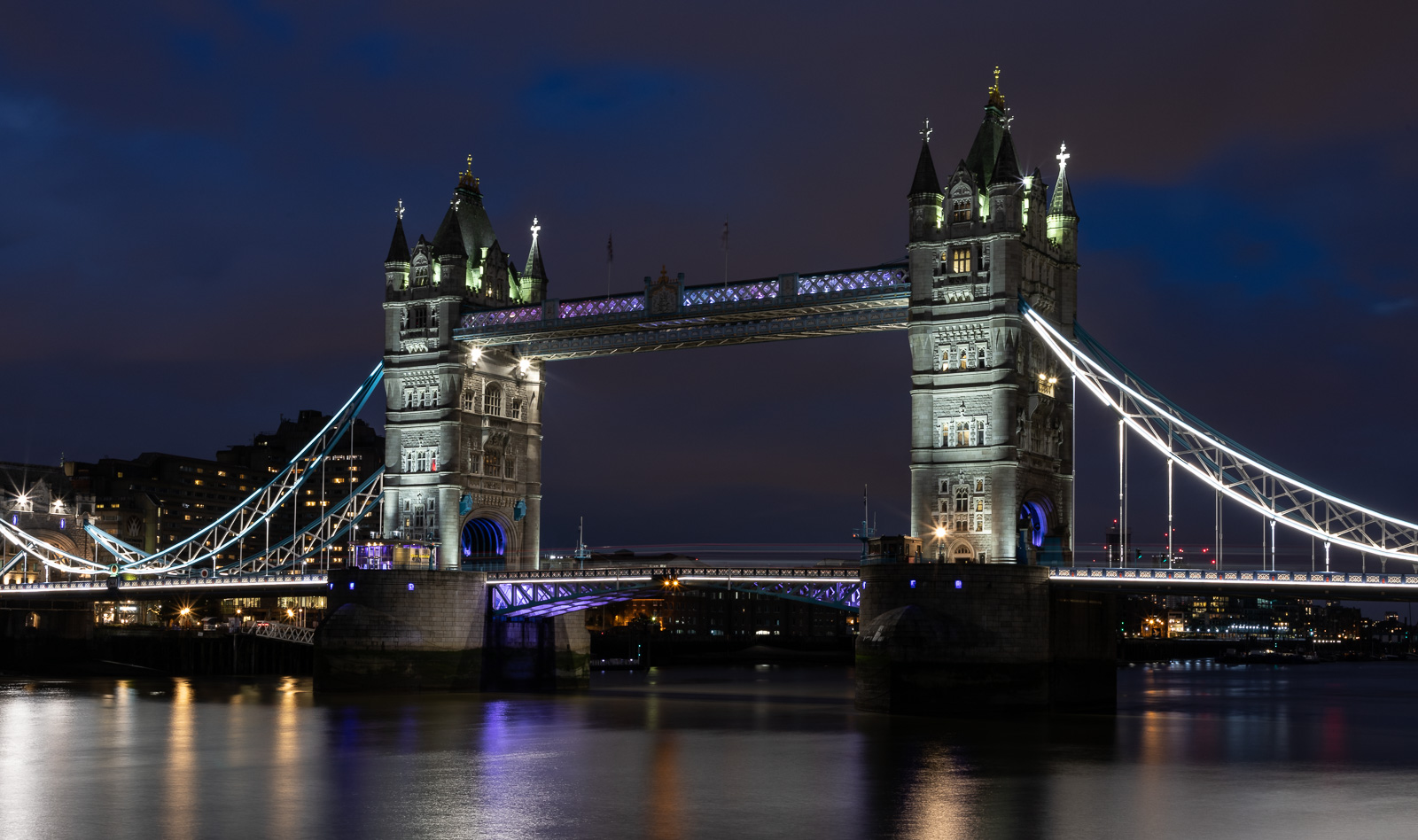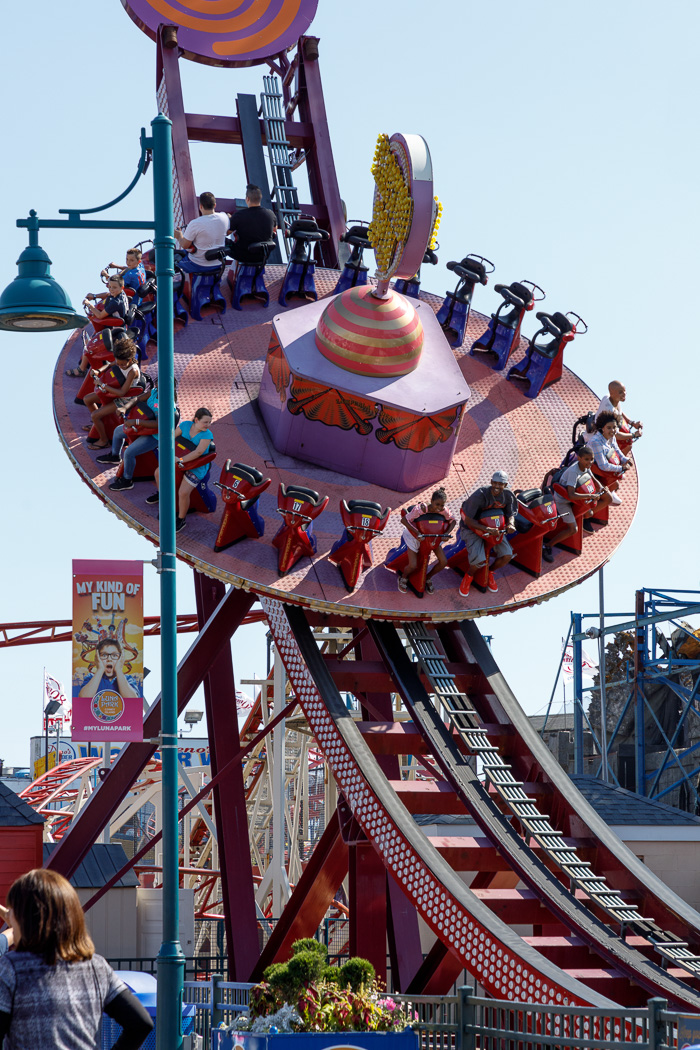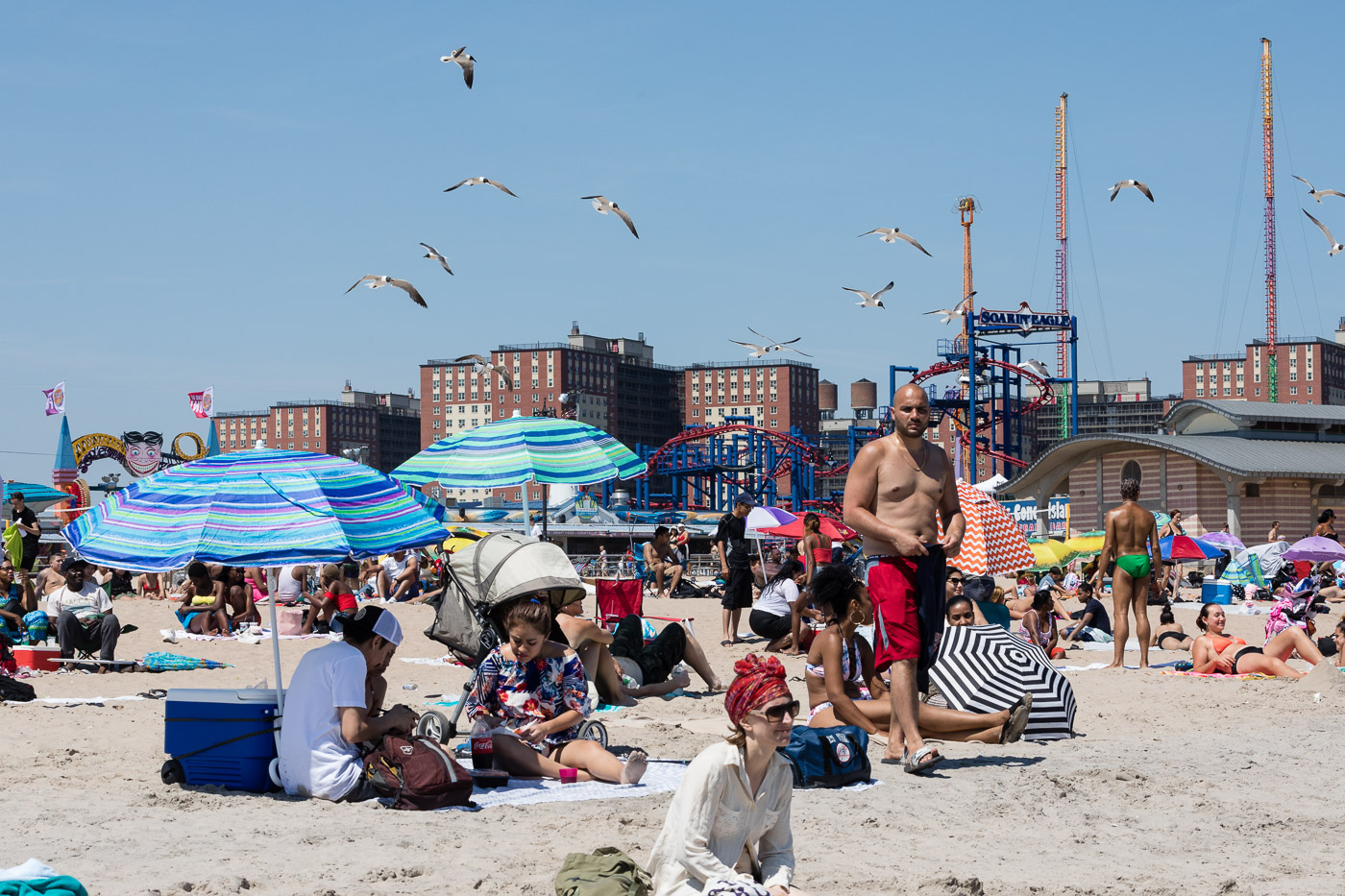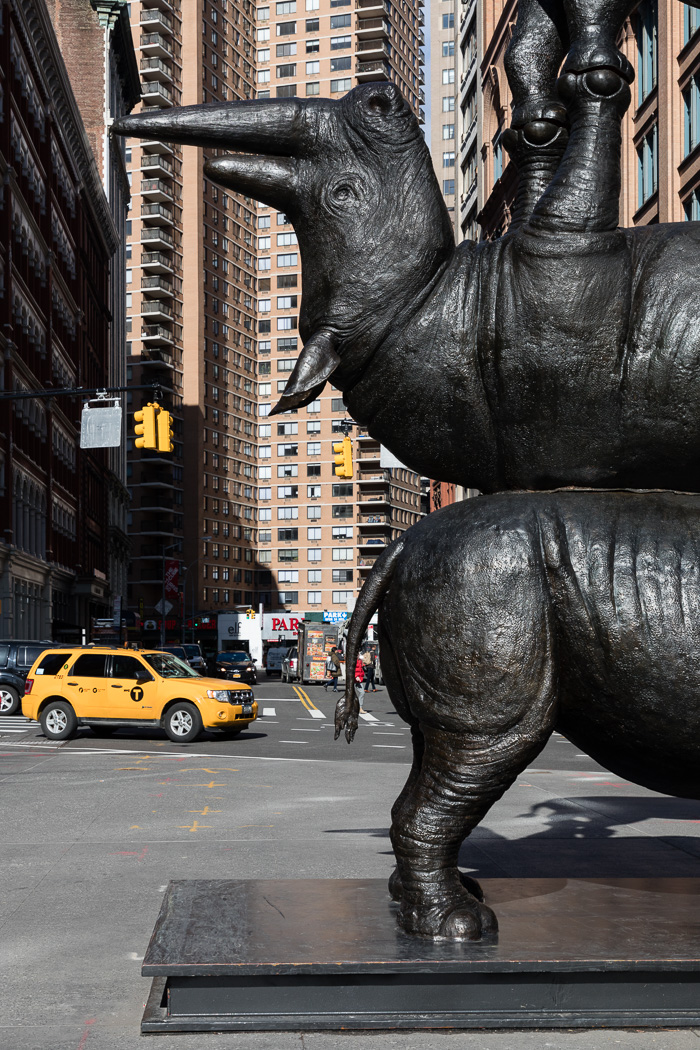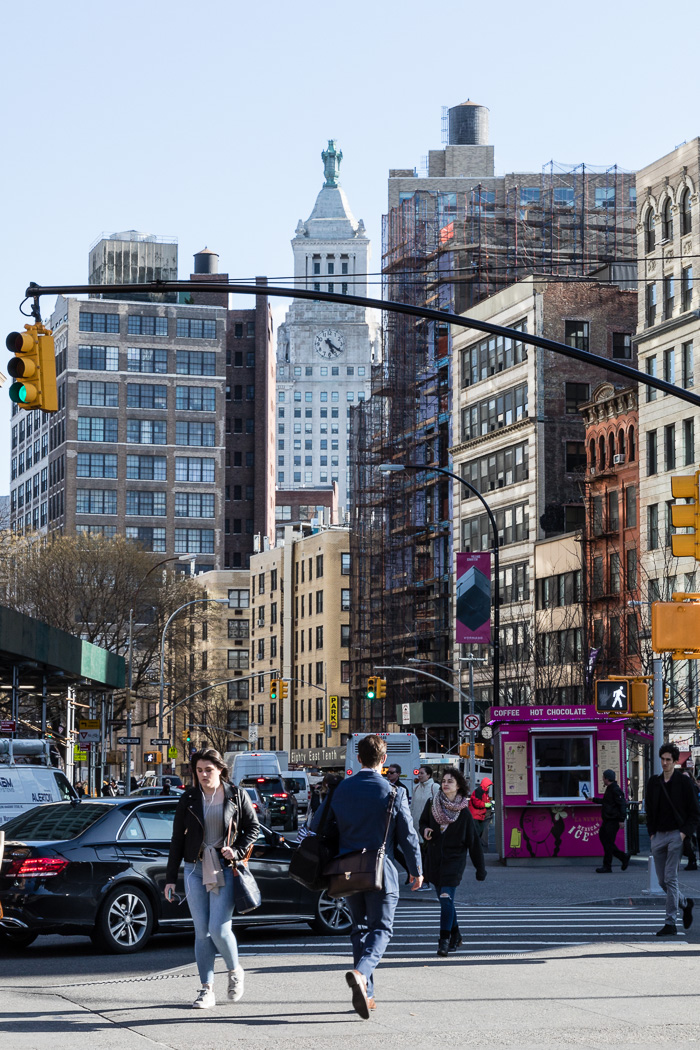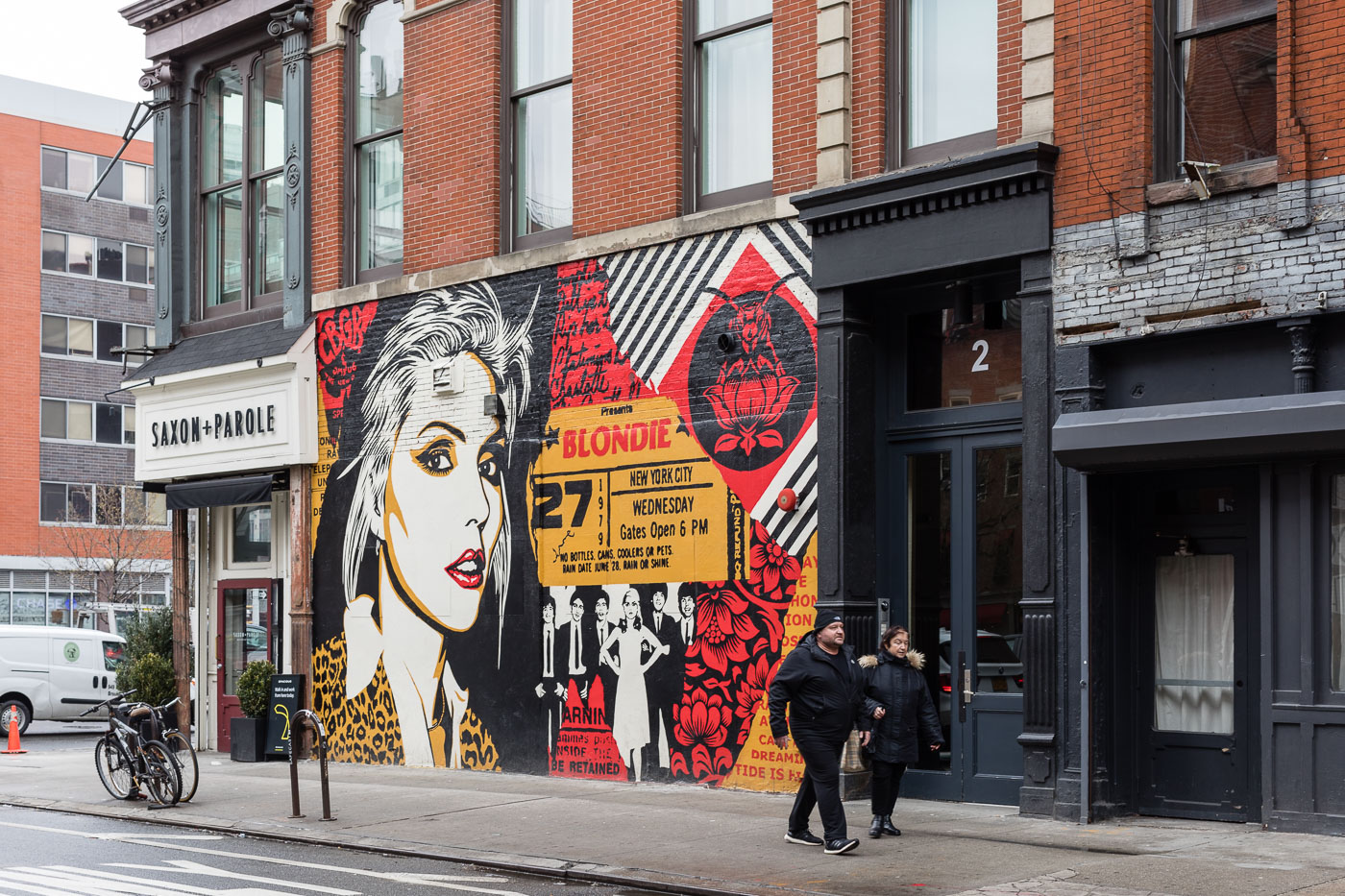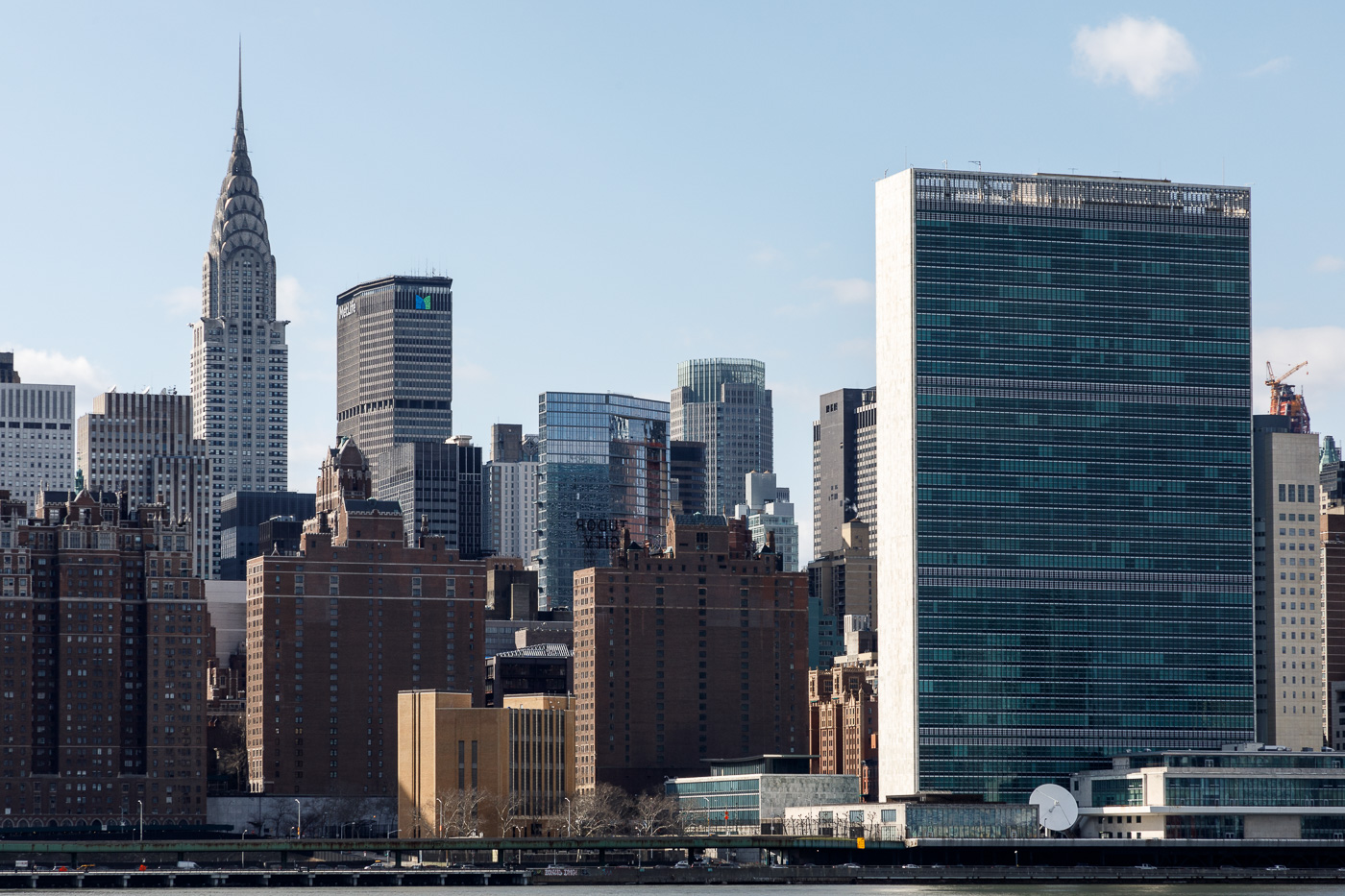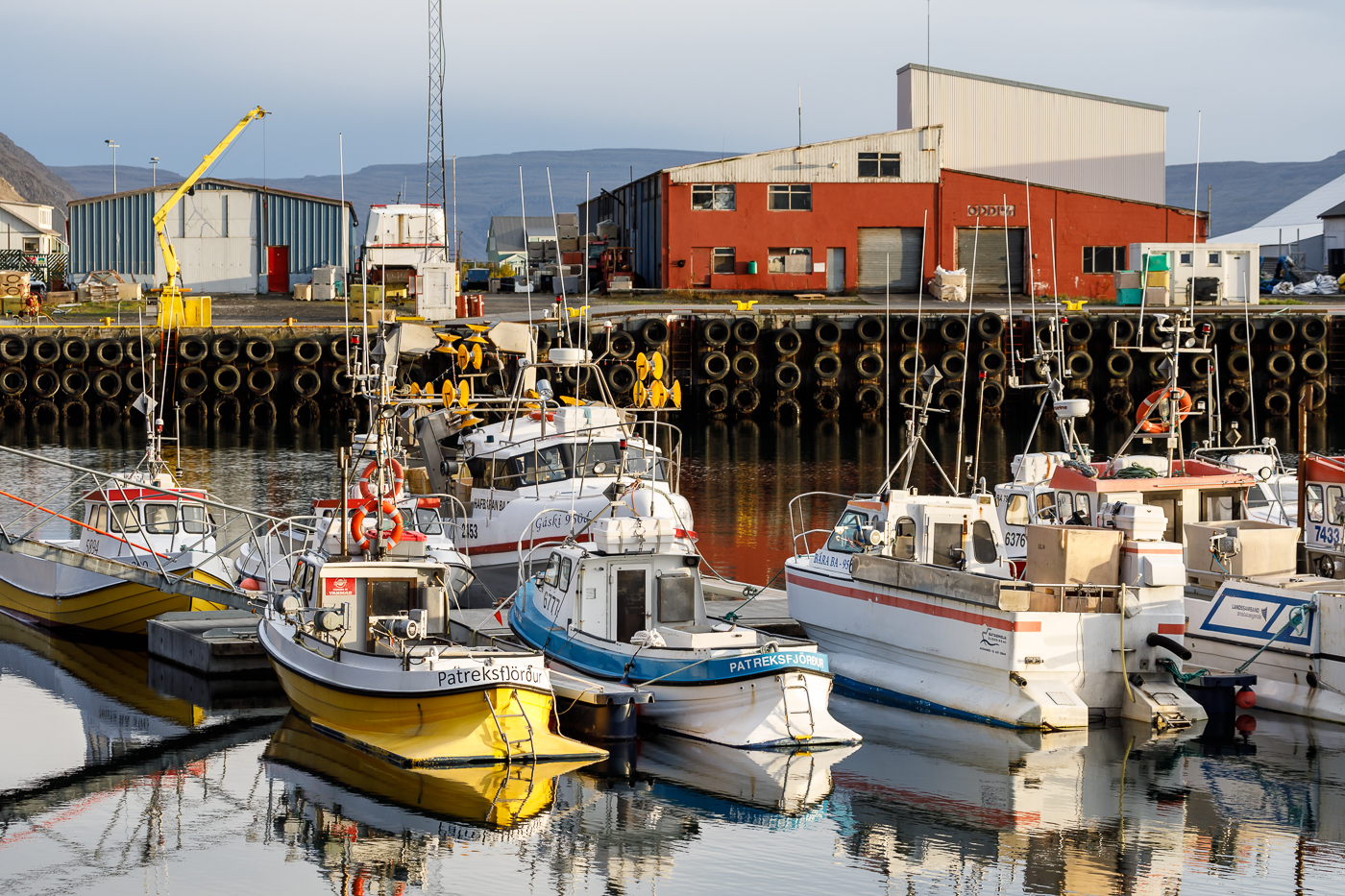On a recent trip to London with a friend we came across the Southbank Skate Space, opened in 1967 and used by skateboarders, BMXers, street artists, photographers and others from all around the world. It’s a free creative space, accessible 24 hours a day. It’s billed as the world’s longest continually used skate spot. Covered in graffiti, it provides a striking backdrop for the skateboarders and bikers.
We’d found the space the day before and watched some skateboarders for a while. On a whim we decided to go back the next day, and met up with three young guys giving their bikes a workout. We watched them for a while, mesmerized by what they could do with their bikes in such a small and challenging space.
We took a few shots but quickly realized how much fun it would be to photograph them in a more serious way. We started chatting with them and asked if we could take some pictures. From then on it was all fun. We’d take pictures, and then show them what we had on the back of the camera. Some were o.k., lots were out of focus, or they were moving so quickly that key parts of the shot were out of the frame. But we kept shooting and the time went quickly by.
Here’s Andrei, moving his bike on just the back wheel through space that’s full of obstacles, getting set up for more complicated moves.
Jacob, coming down one ramp and then quickly up another.
Jacob and Cameron talking over some moves perhaps. Maybe the new one where Jacob stops Cameron’s bike by grabbing the front wheel. Given the speed the bike is moving at that requires some courage.
As they explained, it’s not enough to have the wheel off the ground, turning it at an angle is more complex. Being airborne, off the seat, legs and feet at all angles, is important and requires concentration, skill, strength and athleticism.
Cameron, also off his bike and twisted to one side. The centre of gravity shifts and maintaining balance and keeping the bike upright is a challenge.
We asked for a picture of the three of them together. And - no surprise - the bikes made it into the shot as well. That evening we processed our images and sent a bunch of them to their e-mail addresses. And that was also fun.
Photographing Andrei, Cameron and Jacob was a memorable part of our trip. We were both delighted to have had the opportunity to spend some time chatting and photographing these friendly and talented young guys from London. Thank you from both of us.
